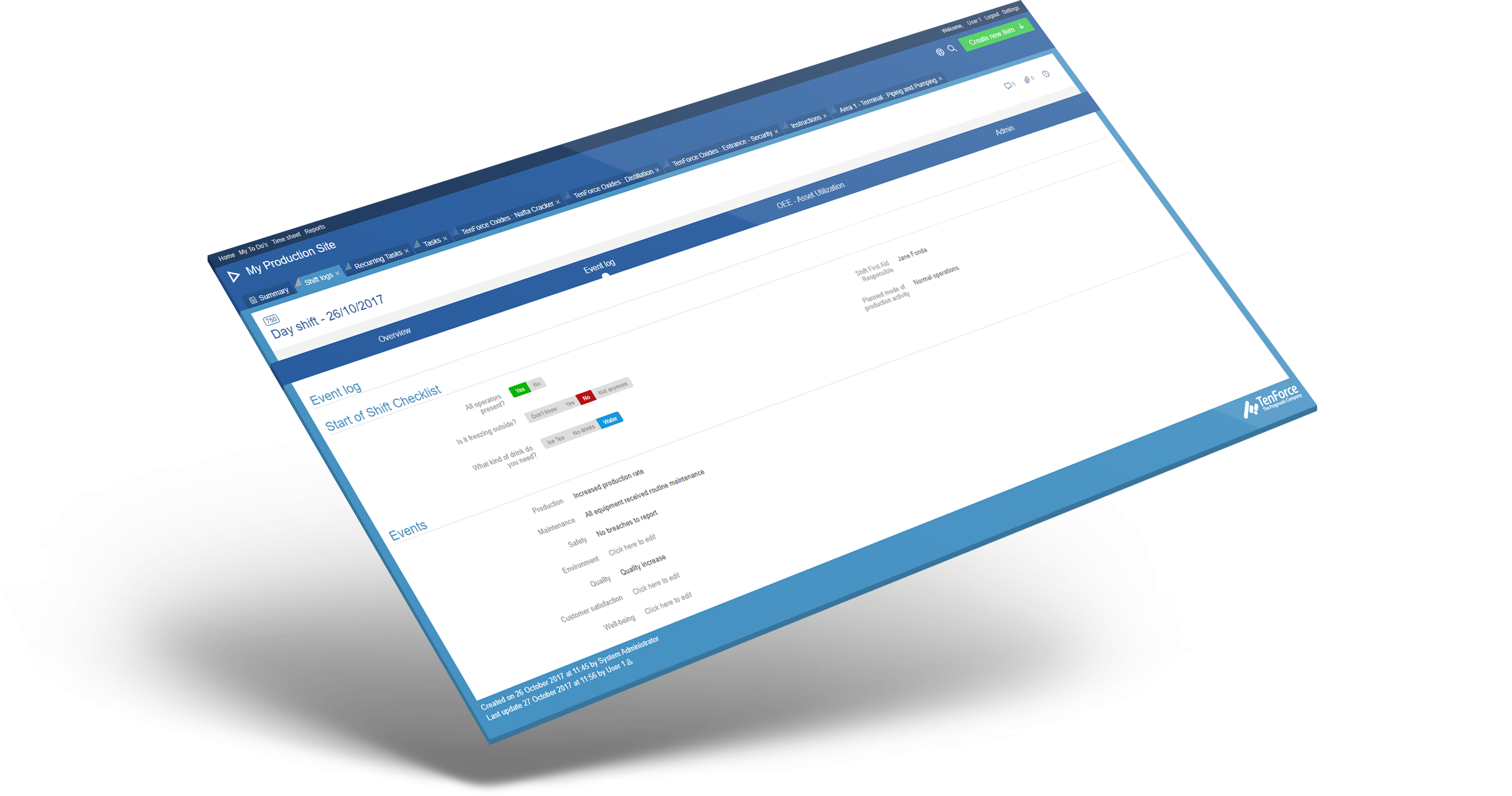Mitigating the Risk of Human Error in Shift Handovers
A shift handover takes up an important fraction of your employees’ workday, a fraction in which a lot of crucial information can disappear. Miscommunication, lost information, and lack of data can lead to incidents, and not just any incidents.
Remember back in 2005, the BP’s America Refinery explosion? Poor shift handover was one of the main causes: a crucial fact was not reported during a shift change, leading to the explosion. Never ceasing to look for ways in which the shift handover process becomes immune to common human errors, avoids these tragedies and more.
Let’s take a look at what successful shift handover may mean to your company.
More employee engagement
The first step to successful shift handover is employee engagement. If employees are committed to passing on all information, nothing gets lost, and issues can more easily be avoided. But why aren’t all employees committed? The lack of a standardized process shows a lack of awareness to its importance, and if management isn’t aware of the importance, why would their employees be? After the implementation of a shift handover process, studies show that:
– Employees are more focused on their tasks;
– Employees pass down more information;
– Major problems are highlighted better;
– Employees track and discuss safety issues during handover.
In short, implementing a process for shift handovers causes a major shift in how employees communicate and view the necessity of communication.
Avoiding incidents and expensive downtime
At approximately 1:20 p.m. on March 23, 2005, a series of explosions occurred at the BP Texas City refinery during the restarting of a hydrocarbon isomerization unit. Fifteen workers were killed and 180 others were injured. The report BP released after the refinery explosion stated that there was no shift handover process, no internal regulations or standards. Unreported problems cause incidents, which in turn cause unexpected downtime.
Just one minute of downtime, depending on your sector can cost you up to 22.000 dollars. With a shift handover process in place, problems are reported quickly, and it becomes easier to view trends. If issues pop up during the same shifts, for example, you have a clear target to tackle. You can prevent accidents from occurring, and prevent losing serious money.
Optimizing the process with software
No matter the process, if it isn’t done right, it won’t yield the desired results. Using massive log books with page after page of notes makes it impossible to find data, and spreadsheets don’t make that any easier. Spoken-only handovers (without notes) leave room for miscommunications and misinterpretation.
A software solution makes the data permanently available, easy to extract, interpret, and use to analyze trends. This is what the TenForce Shift Management can do for you. A solid shift handover process is the first step to success, and a software tool to optimize this process ensures full employee engagement and provides all the advantages of having centralized data.
Find out more about it, and to get us to put our money where our mouth is!

